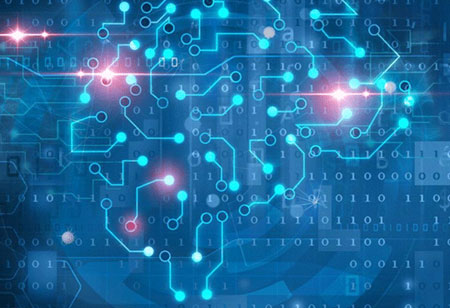THANK YOU FOR SUBSCRIBING
Shaping the Future of Machine Learning for a Modernized Tomorrow
Many latest machine learning technologies, architectures, and algorithms are being proposed for a modernized future.

By
Apac CIOOutlook | Monday, July 29, 2019
Stay ahead of the industry with exclusive feature stories on the top companies, expert insights and the latest news delivered straight to your inbox. Subscribe today.
Many latest machine learning technologies, architectures, and algorithms are being proposed for a modernized future.
FREMONT, CA: The reach and impact of Machine Learning (ML) and Deep Learning (DL) has been proven over and over in hundreds of applications in a variety of disciplines. Benefits of ML/DL are no longer restricted by only an elite few that can afford the fancy gear. The prevalence of product recommenders and affordable chatbots among the general population is undeniable. While the amount of hype is not trivial, there are many good reasons why tech space deserves substantial attention and coverage. The costs of deploying and developing ML/DL pipelines are on a speedy decline. Even the most ardent doubters of this technology can quickly examine its uses and most likely will find value in them.
The field of DL is evolving rapidly and in many dimensions. There are many modern technologies, architectures, and algorithms being introduced, offering unique value. The first and the most significant macro trend in ML/DL is a progressive shift from supervised to an unsupervised learning paradigm. The prerequisite for learning the fundamentals of Generative Adversarial Networks (GANs) is to recognize the difference between discriminative and generative models. Discriminative models are trained using designated historical data and use their acquired knowledge to infer, predict, or categorize. Generative models work differently and are tasked to synthesize or generate new outcomes based on accumulated insights gained during training. GANs typically are created using two neural networks that act as adversaries. One produces false samples that closely resemble a valid example.
Reinforcement Learning (RL) in principal is attaining knowledge through exploration and experimentation. This is a deviation from the supervised learning paradigm because the latter relies on known useful training data. RLs operations are established on three fundamental elements, namely states, actions, and rewards. They have produced extraordinary results in a wide variety of applications, such as advertising, robotics, and gaming. More importantly, RLs nearly mimic the way the human brain emerges from infancy to adulthood. This leap puts machine intelligence a level closer to human intelligence, empowering machines to apply soft skills such as feeling and intuition to learning.
See Also: Top Machine Learning Companies





